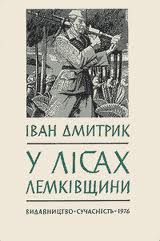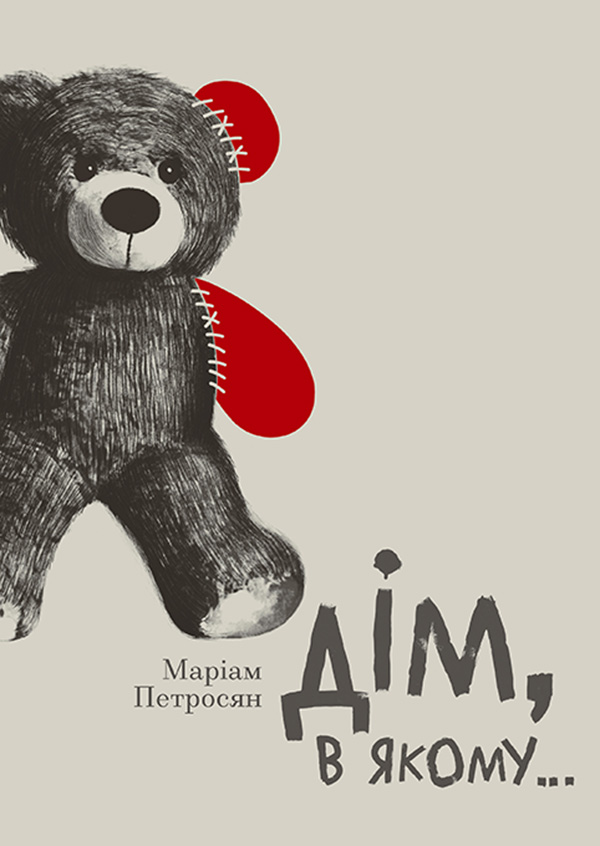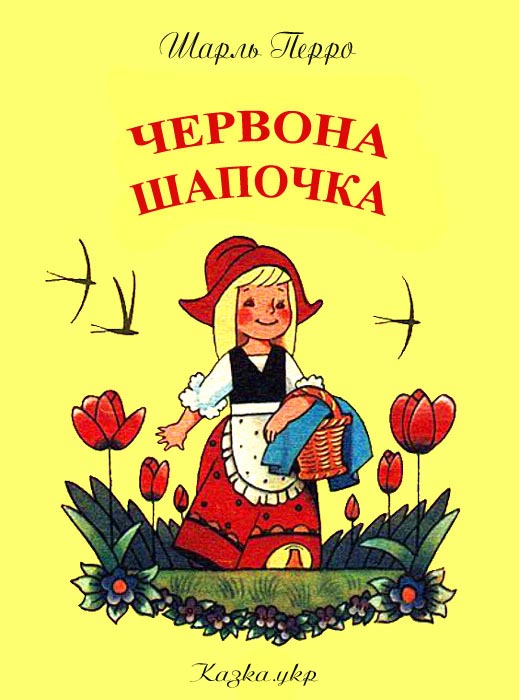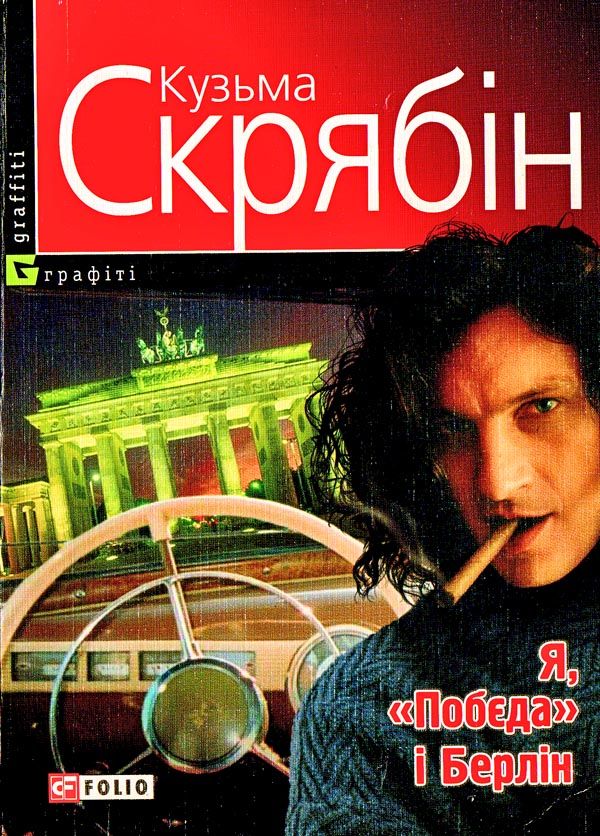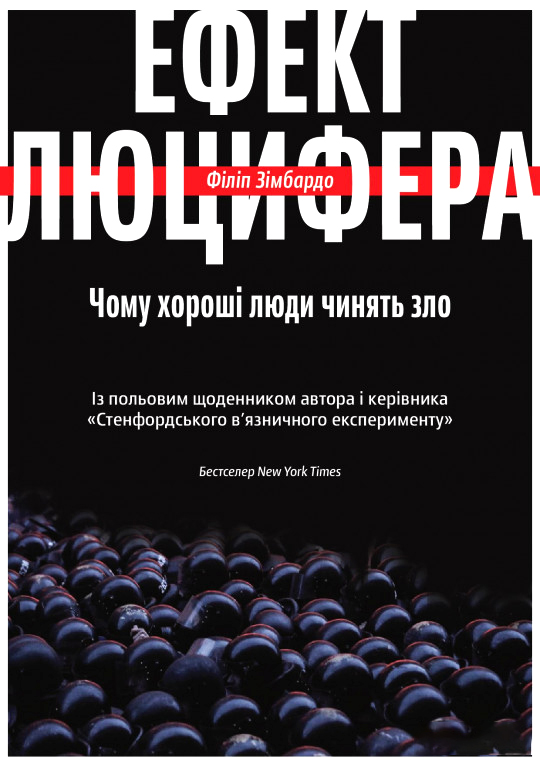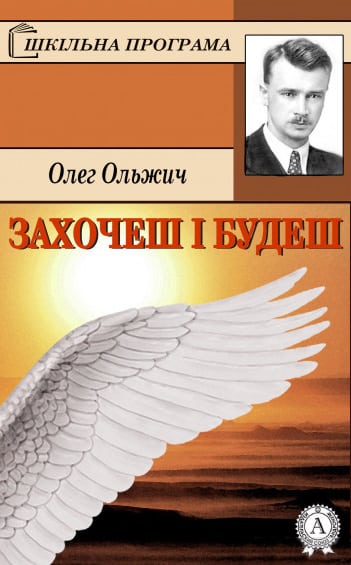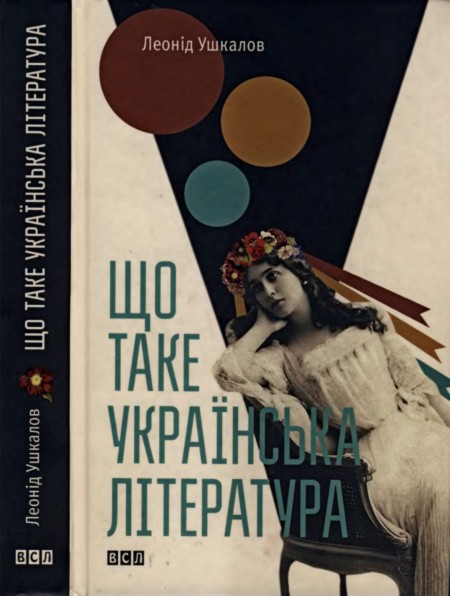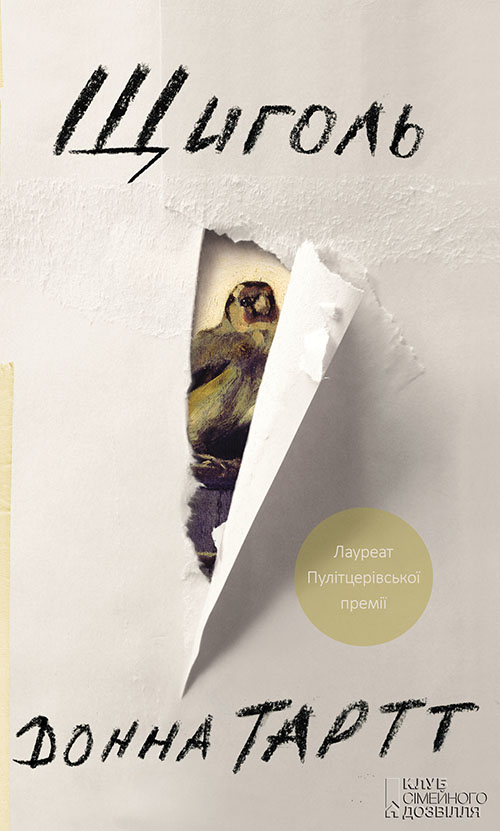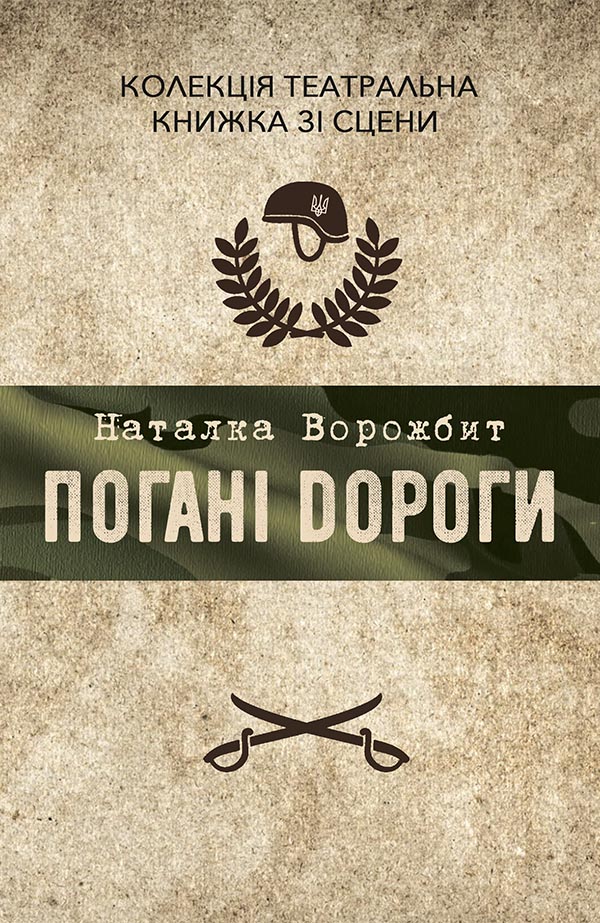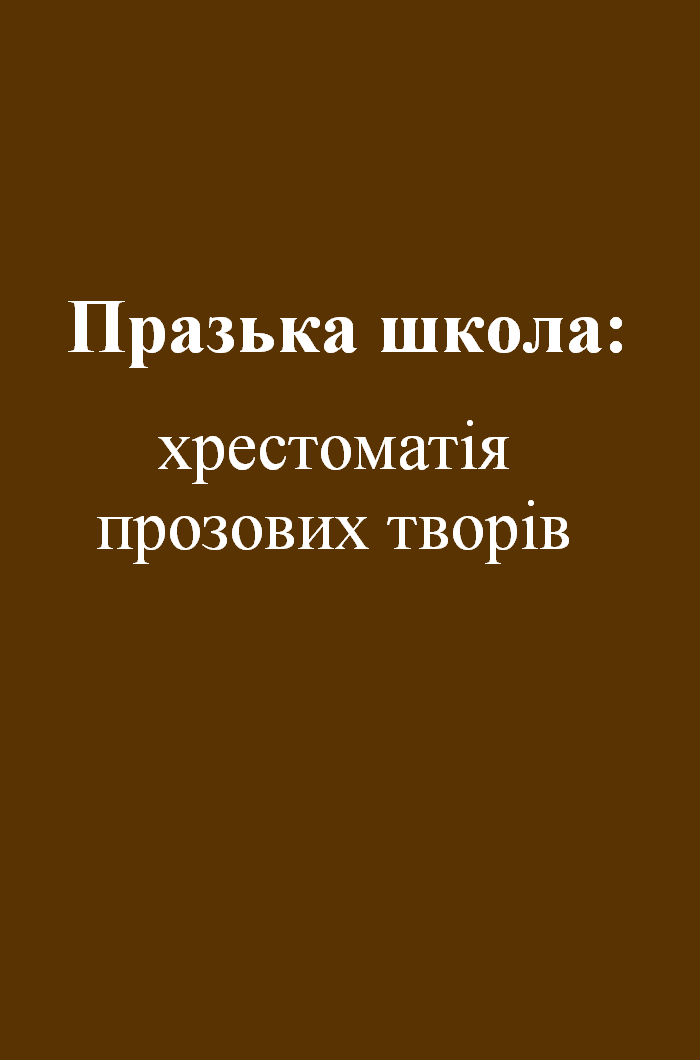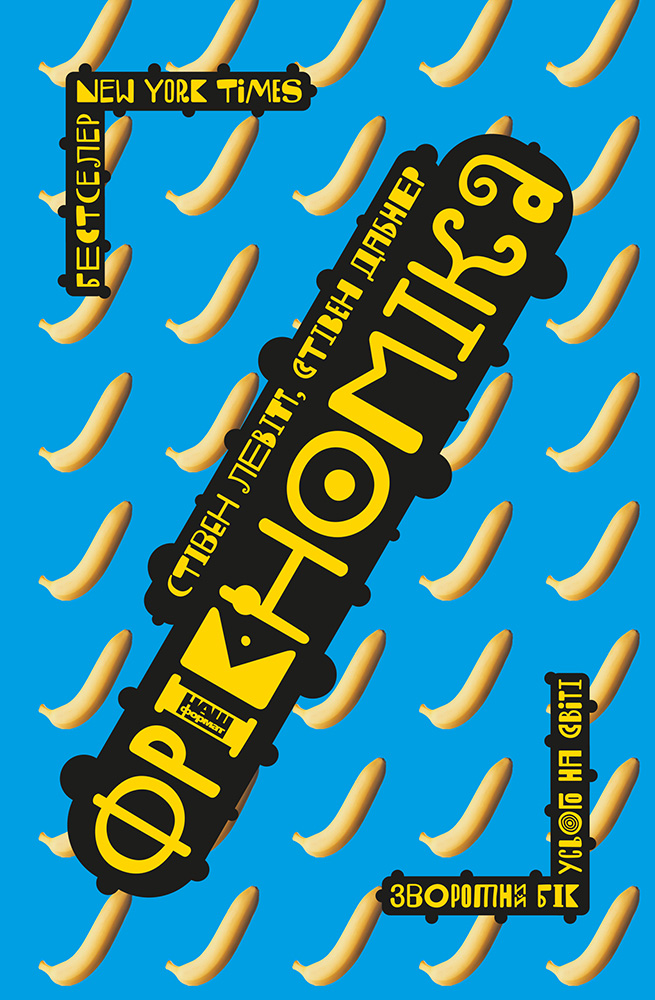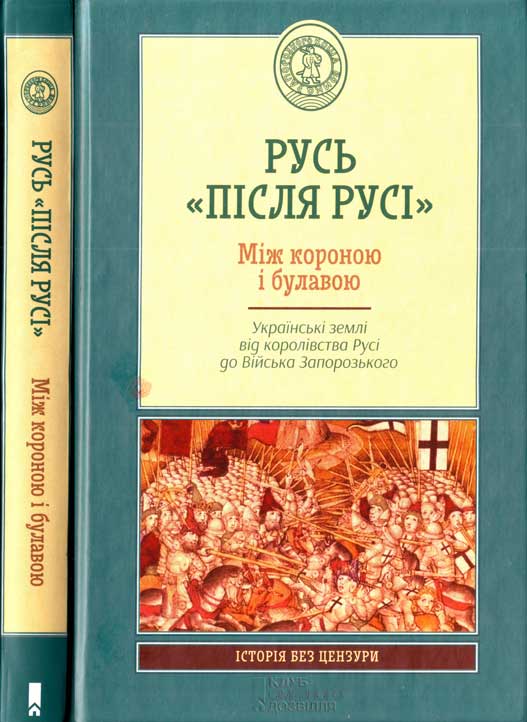Читати книгу - "Genghis Khan and the Making of the Modern World"
Шрифт:
Інтервал:
Додати в закладку:
When Temujin caught up with the Tayichiud, they proved more difficult to defeat than expected. The steppe mode of warfare consisted primarily of shooting arrows at one another from horseback or from fixed positions behind the protection of rocks—or in the case of the wooded Onon area, hastily assembled log barricades. When fighting, the steppe warriors sought to avoid being splattered by blood, so they rarely fought close to one another in hand-to-hand combat. The breath or odor of the enemy carried a part of his soul, and thus warriors sought to avoid the contamination of even smelling their enemy. The attackers swarmed down toward their enemies on horseback, firing arrows rapidly as they approached, then turned and continued firing as they fled. Sometimes the defenders rode out with long poles with which they tried to dismount their opponents and then shoot them as they stumbled back to their feet.
Temujin’s army and the Tayichiud fought all day without either side gaining a clear advantage, though Temujin’s forces apparently instilled the greater fear of defeat in their foes. According to the account in the Secret History, late in the day, an arrow pierced Temujin Khan’s neck. As darkness fell, the two opposing armies laid down their arms and made camp close to each other on the same field where they had spent the day fighting. Though this may seem strange, by staying close together during the night, they could more effectively watch each other and prevent a surprise attack.
Though Temujin’s wound was not deep, he lost consciousness after sunset. Such wounds carried a high risk of infection, or possibly poison had been applied to the arrow. His loyal follower Jelme, the next in command, stayed by his side throughout the evening and sucked the blood from the wound. In order to prevent offending the earth by spitting the blood on the ground, Jelme swallowed it. In addition to the religious reasons for his acts, hiding the blood had the practical value of preventing the other warriors from seeing how great the blood loss was. Only when Jelme was too full to swallow any more and the blood began trickling down from his mouth did he begin to spit it onto the ground.
After midnight, Temujin temporarily regained consciousness and begged to drink airak, fermented mare’s milk. Because they had camped on the battlefield, Jelme had nothing but a little water, but he knew that in the middle of their camp, the Tayichiud had several supply wagons drawn up in a defensive circle. He stripped off his clothes, slipped across the battlefield, and walked naked among the enemy soldiers in search of airak. For a Mongol, public nakedness is a great sign of debasement, and had one of the Tayichiud seen him going through the camp naked at night, they probably would have assumed that he was one of their own getting up to relieve himself. Out of politeness, they probably would have looked away for fear of shaming one of their own warriors. Had they looked carefully and recognized him, Jelme planned to claim that he had just been stripped and humiliated by his fellow Mongols and had escaped to the Tayichiud. They would probably have believed him because of the unlikelihood that any proud Mongol warrior would intentionally allow himself to be captured naked.
The Tayichiud did not awaken, and although Jelme could not find airak, he did find a bucket of fermenting curds and took them. He brought the curds back, mixed them with water, and fed them to Temujin throughout the night. As the morning light came, Temujin’s sight cleared, and he saw the blood around him and his half-dressed companion; he was confused and asked what had happened. Upon hearing the account of the night, his discomfort at the sight of his own blood on the ground so close to him made him ask, “Couldn’t you have spit it somewhere else?” Despite the apparent lack of gratitude, Temujin never forgot how Jelme saved him from the Tayichiud, and he later entrusted Jelme with some of the most important expeditions of the Mongol conquests.
The episode of the neck wound is emblematic of the deep bonds of loyalty that Temujin seemed to have a gift of inspiring. Though the steppe tribes of his time changed sides at the least provocation and soldiers might desert their leaders, none of Temujin’s generals deserted him throughout his six decades as a warrior. In turn, Temujin never punished or harmed one of his generals. Among the great kings and conquerors of history, this record of fidelity is unique.
The Tayichiud did not know of Temujin’s wound, and during the night many of them began to sneak off the battlefield. By the next morning, most of the warriors had fled, and Temujin sent his warriors in pursuit. As he had done with the defeated Jurkin, Temujin killed off most of their leaders but accepted the rest as his own followers. Some thirty years after his initial capture by the Tayichiud and imprisonment in the cangue, he rewarded the family that had helped him to escape by freeing them from bondage.
While Temujin had been defeating the Tayichiud, Jamuka escaped from the army of Ong Khan. Although Jamuka had lost the Tayichiud, he still had many other clans loyal to him, and as he fled to more distant parts of the steppe, he would enlist new allies, as well, to join his cause. The final showdown between him and Temujin had not yet come.
In 1202, the Year of the Dog, the year following Temujin’s defeat of the Tayichiud, Ong Khan sent Temujin on another campaign to plunder the Tatars in the east while he, the aging khan, stayed closer to home on another campaign against the Merkid.
In this campaign against the Tatars, Temujin would institute yet another set of radical changes to
Увага!
Сайт зберігає кукі вашого браузера. Ви зможете в будь-який момент зробити закладку та продовжити читання книги «Genghis Khan and the Making of the Modern World», після закриття браузера.
